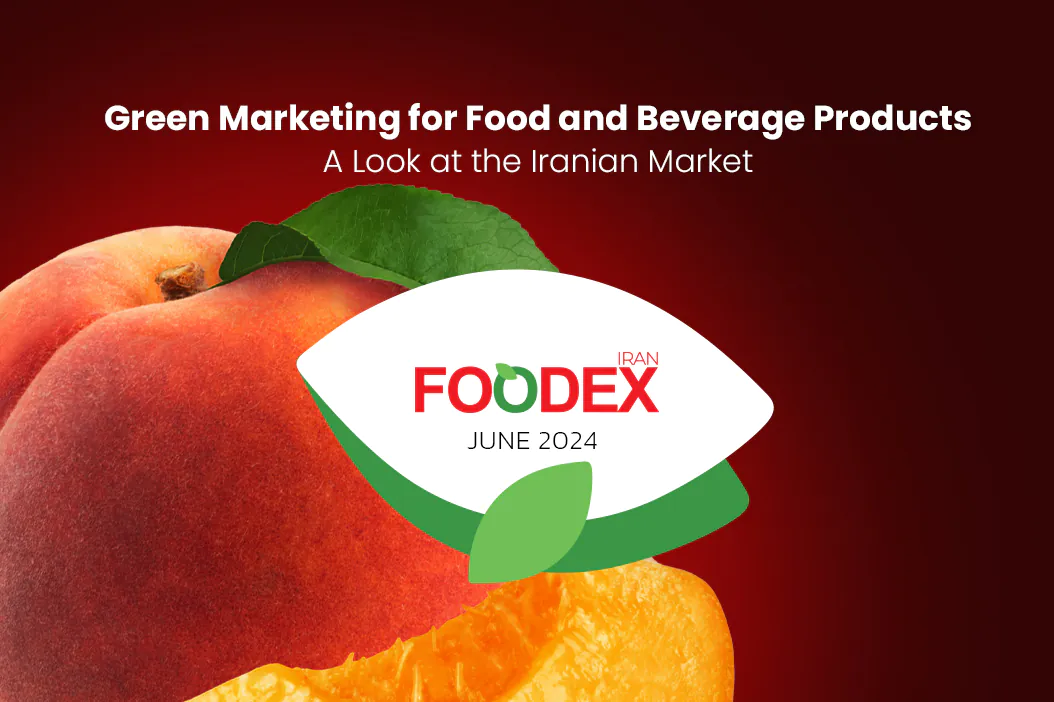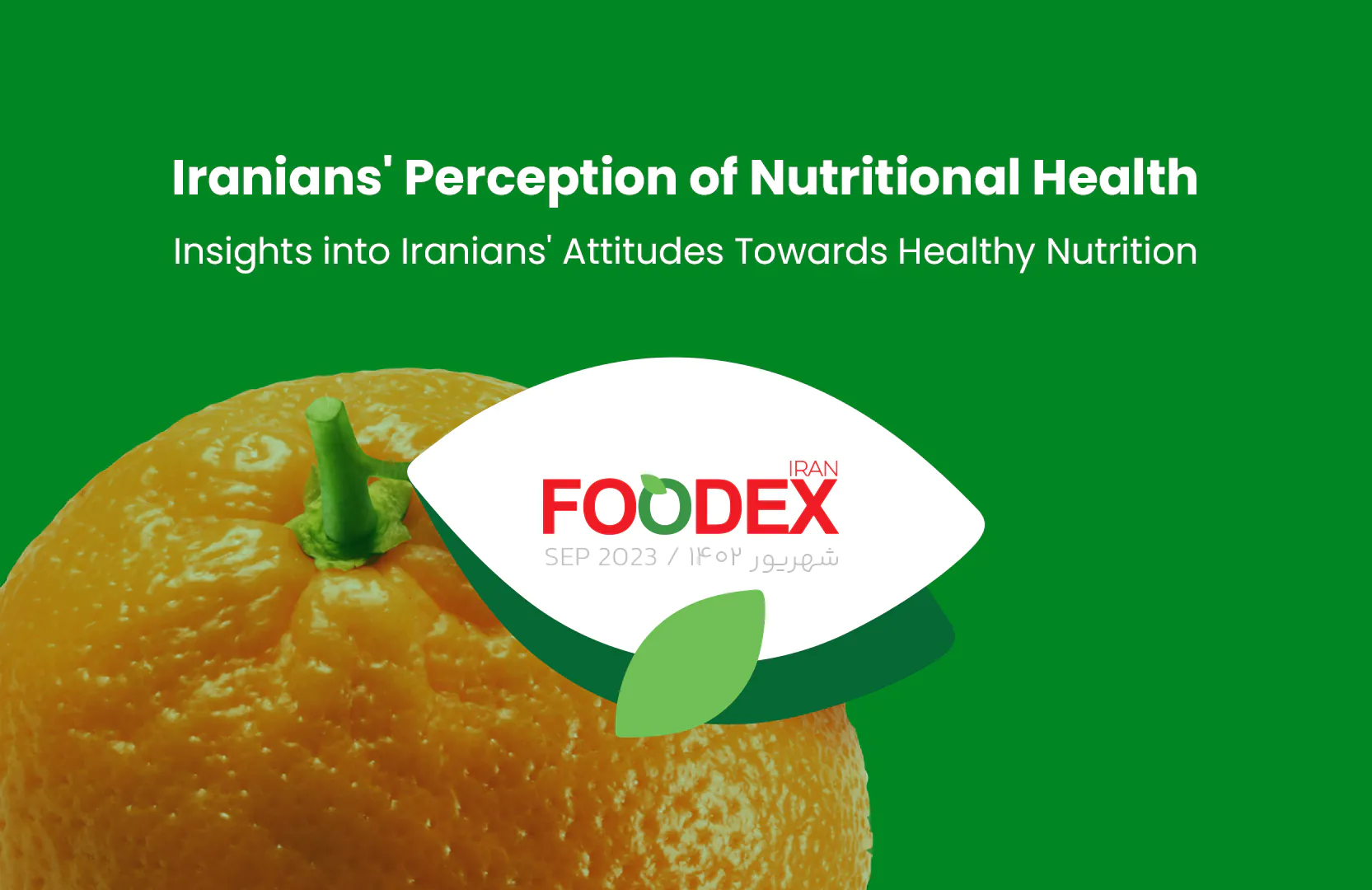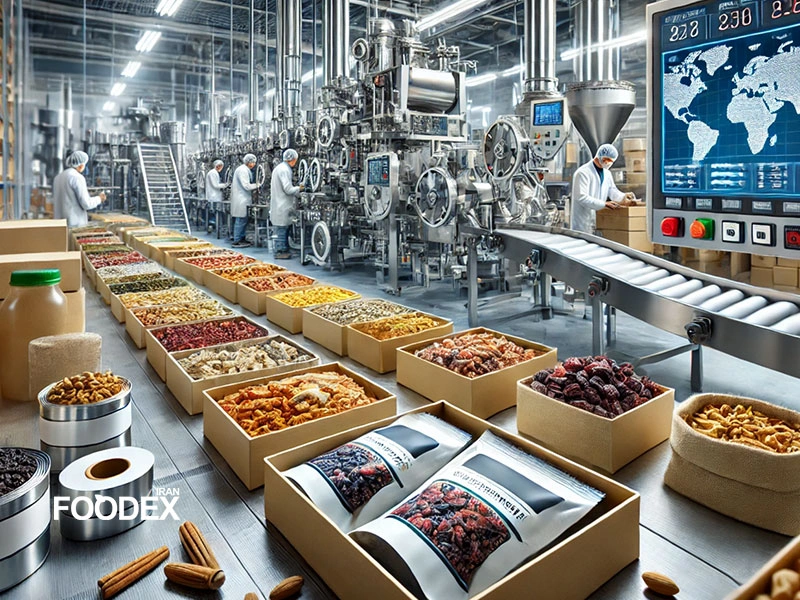The food industry is one of the most dynamic and competitive markets in Iran. With the change in lifestyle and the need for variety in food, the scope for growth is vast. From organic product businesses to innovative fast food concepts, the right strategies would ensure the success of food-related businesses. Success within the food industry requires careful planning, detailed market analysis, and a clear understanding of the various steps involved.
The comprehensive guideline below will walk you through the steps involved in starting a food business, from market analysis and competitor insights to marketing strategies and financial management.
Section 1: Preliminary Market Research and Analysis
Understanding Market Needs
Before developing any type of food business, it is crucial to grasp the market’s demand. Food in Iran represents a segmented sector, with its various groups offering different opportunities and challenges:
Organic and Fresh Products: Recently, Iranian consumers have become more interested in healthy, organic foods. These products appeal to consumers who are concerned with eating chemical-free, natural foods.
Fast Food and Ready-to-Eat Meals: Since urbanization is increasing rapidly today, the demand for fast and quick meals is increasing. Entrepreneurs in this field must ensure that they have quality and speedy service to excel in their enterprise.
Raw and Processed Ingredients: The market also sees rapid growth in the number of home uses for various processed or semi-prepared food products, such as bread, pastries, and ready-to-eat meals.
Tip: You may also conduct consumer behavior research to study changing preferences, for example, regarding organic products and traditional foods, relying on reports from the National Statistics Center of Iran or conducting field studies in the major cities.
Competition Analysis
Understanding the competitors will be the key to developing a good strategy. Competitor analysis in Iran may take into consideration:
Strengths and Weaknesses: Evaluate the competition based on product quality, pricing strategy, distribution network, and marketing network. Identify what makes them successful or leads to their failure.
Competitive Strategies: Some firms focus on premium ingredients, others focus on competitive pricing, and some succeed with differentiated services such as fast delivery or fresh ingredients.
Hint: Analyze SWOT, i.e., Strengths, Weaknesses, Opportunities, and Threats, to reach a specific better market positioning and to leverage new opportunities.
Section 2: Planning and Developing a Business Idea
Defining Your Vision and Business Objectives
Every business needs a goal. Your business objectives should fall into two categories:
Short-Term Goals: Aim to increase sales by a certain percentage within six months or acquire 1,000 new customers.
Long-term Goals: These may involve nationally recognized brands or expansion into international markets.
Business Model Development
Your business model should explain how you will generate money while offering some value to the customers. Components of this would involve:
Revenue Streams: Direct sale of products in restaurants and cafes or through online sales.
Pricing Strategy: Pricing needs to consider the target market and competition. For example, organic product prices can be quite affordable, or companies may even offer special discounts to loyal customers.
Navigating Health and Industry Regulations
Food businesses in Iran must adhere to strict health regulations and obtain strict licensure. Some of the essential permits include:
Health License: Before starting your business, you must obtain this license from the Iranian Food and Drug Administration (IMED).
Hygiene Standards Certification: HACCP certification, among other things, is vital in ensuring the quality and safety of food products.
Industry Licenses: Get approval from concerned trade associations, such as the Iranian Food Industry Union.
Section 3: Securing Resources and Equipment
Securing Capital
Starting a food business requires sufficient funding. Ways of securing the financial resources in Iran include:
Personal Investment: Funding through savings or personal investment.
Government Loans: Many banks and subsidy funds have started offering loans to new businesses.
Partnerships: Collaborating with business partners or private investors who can help fund and grow the business.
Choosing the Right Equipment
Proper equipment is vital to production success. Besides the equipment mentioned above, some of the most needed equipment
in food businesses include the following:
Machines for Manufacturing and Packaging: Industrial machines for mass food production with automatic packaging.
Raw Materials: Partnerships with reliable suppliers should be ensured to obtain high-quality raw materials.
Tip: Leverage new technologies, such as smart packaging systems and production management software, to drive down costs and enhance efficiency.
Section 4: Product and Market Development
Product Development – Market Testing
Testing is essential before the launching of your product. This will give you customer feedback before going into full-scale production.
Create Prototypes: Production in small batches to offer to customers for testing and feedback.
Market Test: Attend local exhibitions and sell at small markets to gauge customer demand for the product and their preferences.
Marketing and Advertising Strategies
Marketing is crucial for the success of any food business. Effective marketing strategies include:
Digital Marketing: Engaging new customers through social media platforms, Google Ads, and email marketing.
Local Campaigns: Advertise your products in local marketplaces and distribute free samples or discount coupons to inform people about your brand.
Tip: Collaboration with Iran-based food influencers will help you quickly achieve brand awareness amongst the target group.
Section 5: Managing and Growing Your Business
Financial Management Budgeting
Effective financial management determines long-term success. It is recommended that:
Budget Carefully: Assign budgets for production, marketing, and product development.
Expense Tracking: Start using some accounting software to record expenses and income accurately.
Scaling the Business
After initial success, consider expanding your business:
Increase Production: Hire more staff or increase production capacity to meet demand.
Enter New Markets: Expand to other cities or even international markets, whichever best suits your growth strategy.
Conclusion
A food business in Iran may be developed through research, detailed planning, and the use of managerial tools. By following the whole process outlined in the guidebook and by benefiting from market opportunities, you can establish and maintain a profitable Iranian food business with high-level commercial activities.
Sources
Iranian Food and Drug Administration (IMED) www.fda.gov.ir
National Statistics Center of Iran www.amar.org.ir
Iranian Food Industry Union www.ifif.ir
Ehsan Allahverdi
Executive Manager of Foodex Iran
Marketing Consultant for Leading Food & Beverage Brands
website | linkedin



















